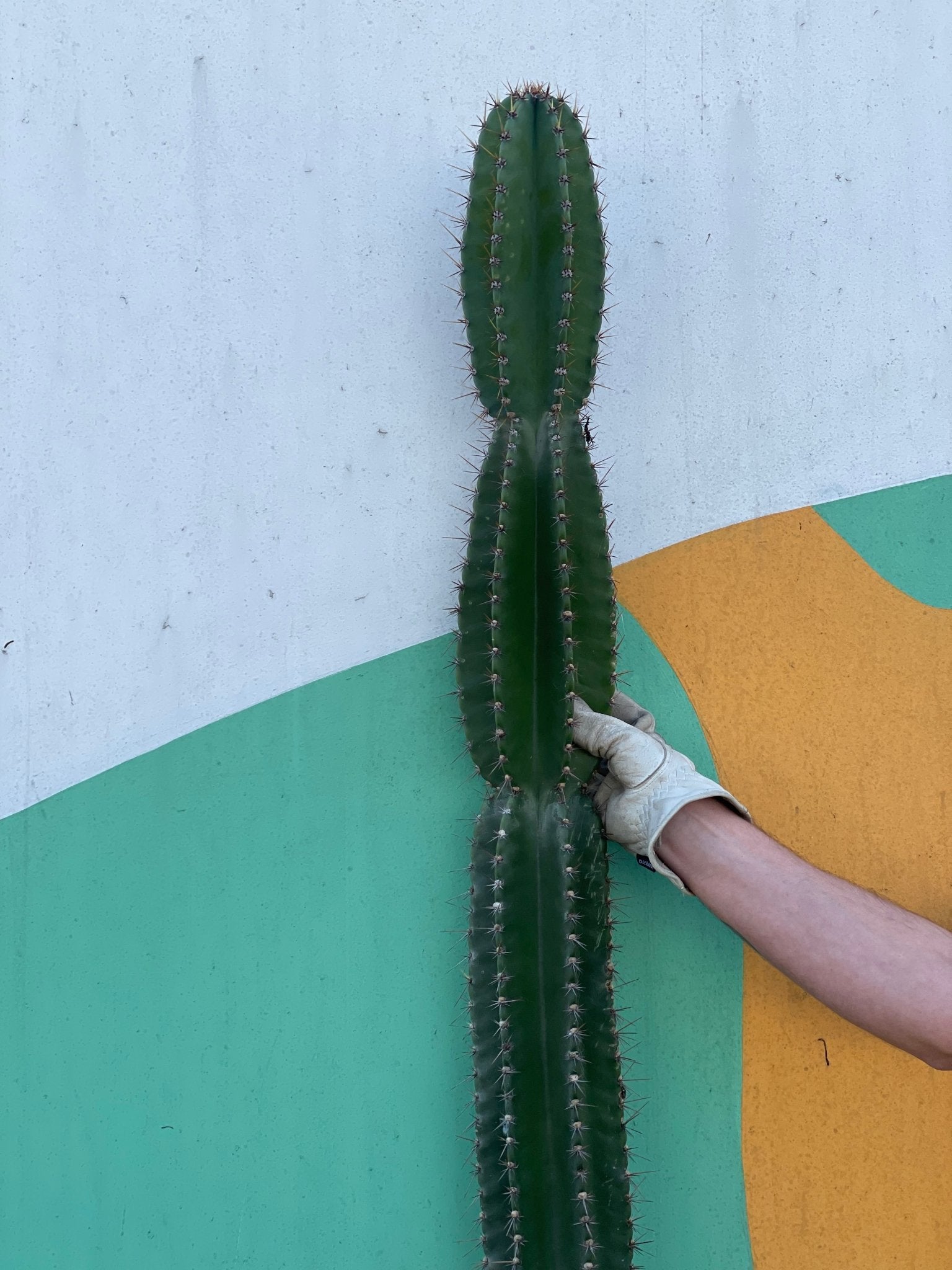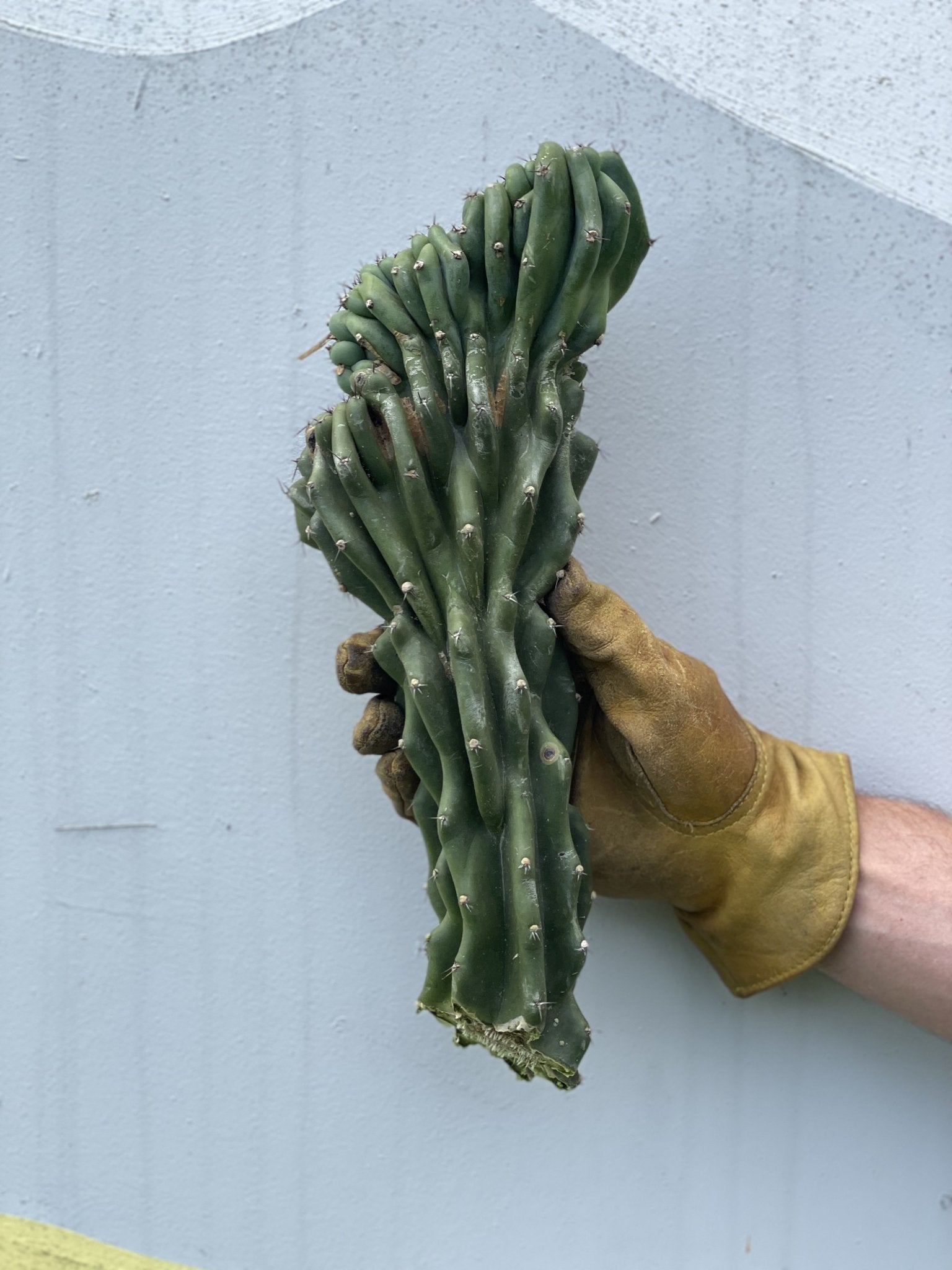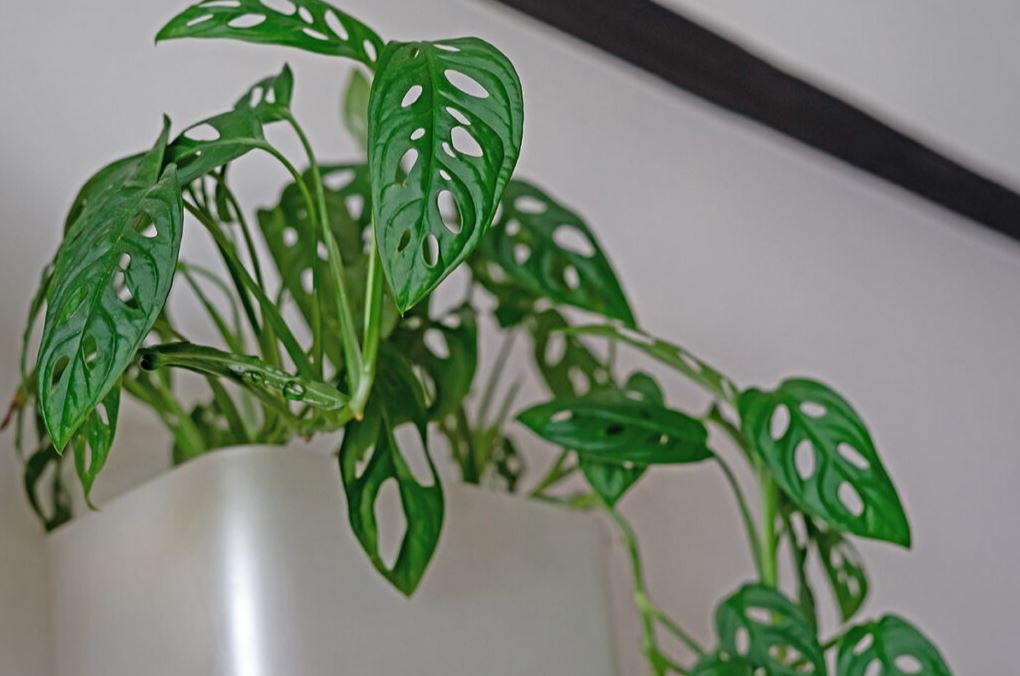The Swiss Cheese Plant is a variety of Monstera plant known for its unique leaves with holes resembling Swiss Cheese. It is highly favored by gardening enthusiasts and interior decorators worldwide, but how are these holes formed in the Swiss Cheese Monstera leaves? One possible explanation for the holes in Swiss Cheese Monstera leaves is the plant's natural growth pattern, which involves the leaves developing splits and holes as they mature.
In this article, we will look at everything you need to know about the Swiss Cheese Monstera, including where it comes from how to care for one, and we'll explain how it gets the namesake holes in its leaves.
What is a Swiss Cheese Monstera?
The Swiss Cheese Monstera is a flowering plant species from the family Araceae. There are several different varieties of Swiss Cheese Monstera, such as the Monstera Deliciosa and the Monstera Adansonii. The plant is admired for its attractive shape and large, ornate leaves, which showcase the distinctive holes that give it its common name. The Swiss Cheese plant is a climbing shrub that needs ample space to thrive and is commonly seen in spacious residences and upscale hotel lobbies.
Where Does the Monstera Come From?
The Swiss Cheese Monstera hails from South and Central America but also thrives in the Caribbean and West Indies, particularly Antigua, St.Kitts, St.Lucia, Trinidad, and Tobago. Cultivated by greenhouse gardeners globally for its distinct shape and intricate leaf patterns.
How To Care for a Swiss Cheese Monstera?
The Swiss Cheese Monstera is a robust plant. The holes in its leaves act as protection from strong winds and rain, preventing leaf damage. Adequate space is crucial for its growth, as it can reach significant heights similar to English Ivy. Additionally, the plant needs water and warmth to thrive. To ensure the Swiss Cheese Monstera thrives, consider placing it in a well-lit area with indirect sunlight. This will promote healthy growth and vibrant foliage.
How Does the Swiss Cheese Monstera Get Holes in its Leaves?
The Swiss Cheese Monstera develops large holes in its leaves due to its adaptation to growing in shaded areas under taller trees, allowing it to reach sunlight. This unique adaptation is known as fenestration, a process that optimizes the plant's ability to capture light for photosynthesis. Water flowing through the holes helps reach the root system below, preventing dehydration. The holes also provide wind resistance, protecting the plant from damage.
Summary
The Swiss Cheese Monstera is a large, climbing species of flowering plant native to Central and South America. The plant is often used to adorn restaurant foyers and hotel lobbies due to its grand height and beautiful leaves, which feature the distinctive holes which give the plant its name. The Swiss Cheese Plant has developed these holes for a few reasons, including to accommodate taller growth, to help the roots collect rainwater, and to withstand strong winds and harsh weather conditions.












Leave a comment